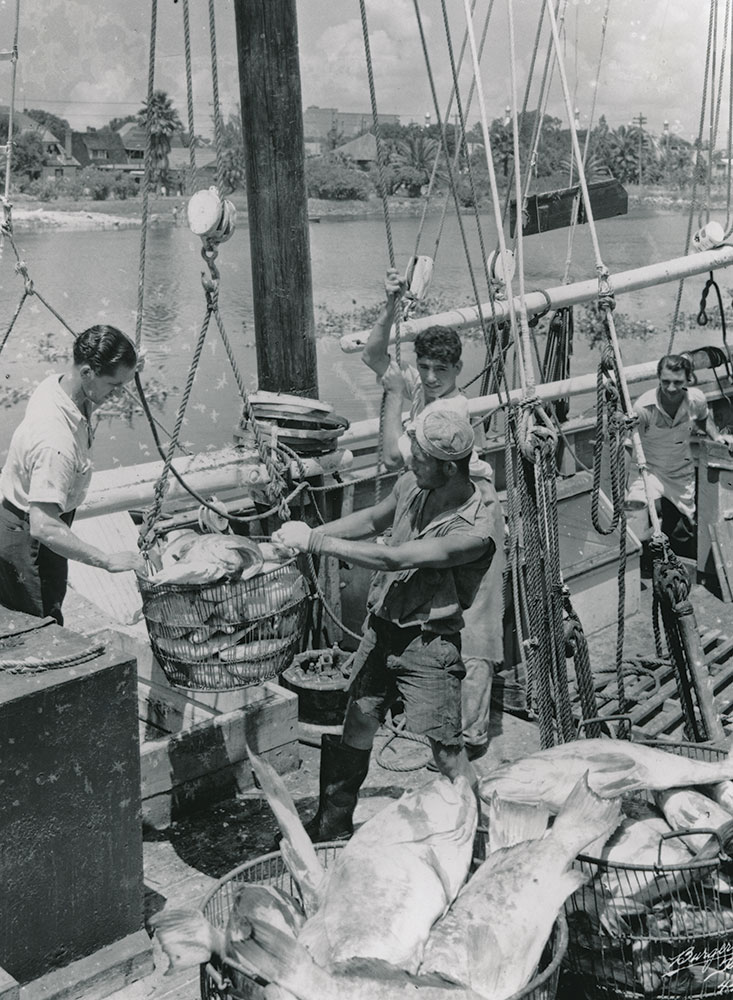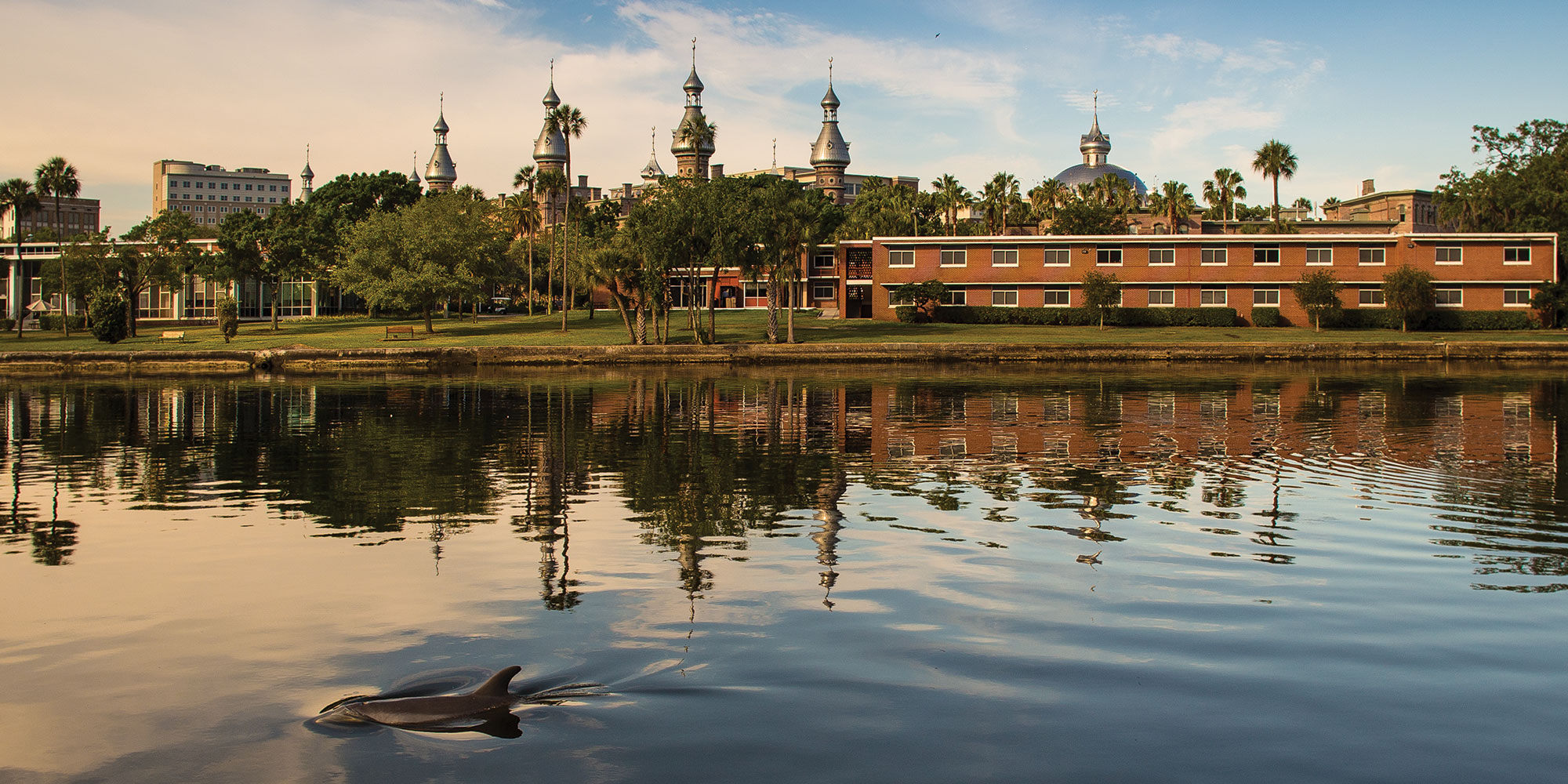Thanks to decades of effort by conservationists and government, Tampa Bay’s water quality has improved significantly. The cleaner bay allows dolphins and sport fish the ability to return to the waterways that surround downtown and the Riverwalk.
People flock to the Riverwalk to visit parks, exercise, attend concerts and relax. But now you also see those flocks gather along the railing pointing at dolphins and sport fishermen hauling in their catch.
In recent decades, the waters around Downtown Tampa had not been clean enough to allow for these types of daily sights. In the first half of the 1900s, the Mirabella Fish Company was Tampa’s main supplier of fresh seafood. They made their living because the Tampa Bay waters and the Gulf of Mexico were full of fish.

The Mirabella family built their docks on the then unpolluted eastern shores of the Hillsborough River, located just south of Water Works Park on what is now the Riverwalk. By the 1930s, they set up additional docks and a wholesale store where they sold their catch to the public. That site, beside the Platt Street Bridge, is now USF Park — keep an eye out for a plaque commemorating the Mirabella Fish Company next time you pass by on the Riverwalk.
Although Mirabella remained open until 1988, the water quality of both the river and the bay suffered as business and industry grew rapidly during and after World War II. Phosphate dust stored on Seddon Island, now Harbour Island, settled onto the Garrison Channel and Hillsborough River, and other pollutants and sewage from factories, warehouses and shipyards were released into the channels and river.
The waters around Downtown Tampa remained unfriendly to sea animals for decades. That began to change in 1979, when the upgraded Howard F. Curren Advanced Wastewater Treatment Plant began treating water and pumping it into the bay, slowly flushing out the highly polluted water.
In 2015, the Southwest Florida Water Management District found 40,295 acres of seagrass, which helps clean up water, in Tampa Bay. According to TampaBayWatch.org, the seagrass acreage had been as high as 75,000 in the late 1800s and had dropped to 21,500 acres by 1982. The amount of seagrass growing in a water source indicates the water’s health — and the amount found in the bay indicates the water is the cleanest it has been in a long time.



